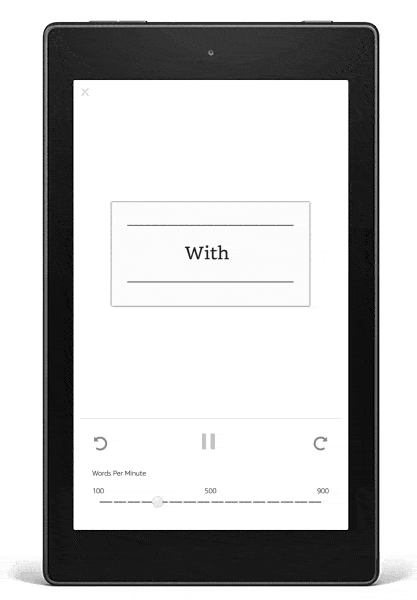- A norming committee had assessed student writing
- The school had standardized rubrics for all major writing assignments in First Year Second Semester classes--mostly taught by graduate students.
- A collection of student work had been required.
During this season, UTEP maintained an English Wiki for student access. Change came because students and many instructors here and elsewhere felt that having students deal with a third party for grading seemed pointless in the sense that the student had no way of communication with the committee. (Brunk-Chavez and Fourzan-Rice, 2013).
Since that time, UTEP has moved away from doing norming, and now they look at innovative ways of assessing to make students part of the process. They have moved to a series of space observation assignments.
1) Space observation #1--Objectively describe a space in a descriptive essay.
2) Space observation #2--Observe people, behaviors, gender. What does gender mean in this space, how is the space constructed for gender?
3) Space observation #3--Interview
4) Final Project--Space essay--Students create a field report--What does this space say about gender?
After completing these assignments, instructors guide students to create locally developed classroom rubrics. How, you may ask, can students create their own grading rubric?
- First students draft a paper based on assignment guidelines provided by the instructor.
- After students draft the paper, drafts go through peer revision.
- One entire class period is then set aside to have students do a second close reading of the assignment.
- Students write in their blogs about the most important things they should have in the rubric. (These blogs are in Weebly,)
- Students in groups of three to four share their ideas.
- Then each group comes to an internal census.
- The groups each write their list on the board.
- Groups compare their reports and come to a class consensus through negotiation.
- Next the class assigns point values for each category.
- The instructor has a non-negotiable category added to the rubric; it is for 10 points to go for APA Citation and for grammar.
The graduate assistants from UTEP said that students had better buy in for grades earned when they had written the rubric themselves. Students also were far more engaged in the writing process and truly understood the value of things such as cohesion, organization, support, and so on.
Another group of UTEP instructors use the Textual Analysis Essay. These instructors have students find an article related to a topic and analyze it for purpose, audience, ethos, pathos, logos, and so on.
Week 1--Prewrite the essay
Week 3--The rough draft is due
Week 4--Instructor returns rough draft with feedback
Week 5--Final drafts are due
Now rubric creation begins. Students study the assignment and decide what three attributes of writing are most important. Students base their decision on comments made from the instructor and peer review from the first assignment. This activity gets students looking at their own writing more actively in a new light. This process helps students grasp the elements of what constitutes a well-written paper. Finally, students test their rubric on a sample essay provided by the instructor prior to actually using it on future essays.
When students truly engage in the process, everyone benefits. And when students create the rubric themselves, they are more likely to understand the assignment.
Another group of UTEP instructors use the Textual Analysis Essay. These instructors have students find an article related to a topic and analyze it for purpose, audience, ethos, pathos, logos, and so on.
Week 1--Prewrite the essay
Week 3--The rough draft is due
Week 4--Instructor returns rough draft with feedback
Week 5--Final drafts are due
Now rubric creation begins. Students study the assignment and decide what three attributes of writing are most important. Students base their decision on comments made from the instructor and peer review from the first assignment. This activity gets students looking at their own writing more actively in a new light. This process helps students grasp the elements of what constitutes a well-written paper. Finally, students test their rubric on a sample essay provided by the instructor prior to actually using it on future essays.
When students truly engage in the process, everyone benefits. And when students create the rubric themselves, they are more likely to understand the assignment.




